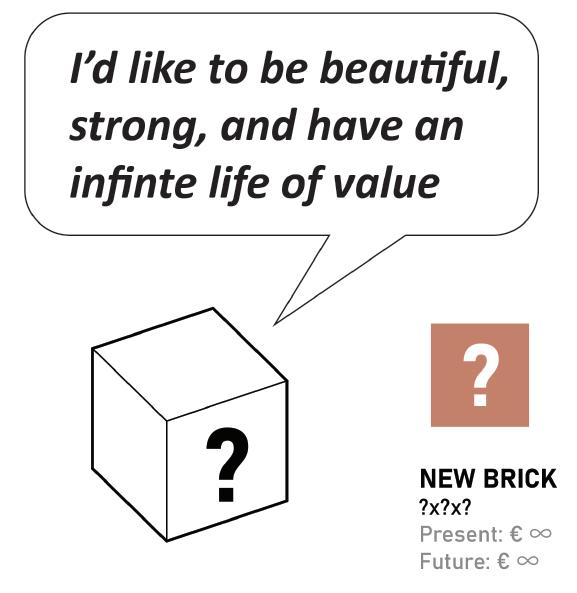
1 minute read
Reuse Values in Pristina
Summary
The abundance of brick in Pristina unfortunately takes the form of empty shell buildings that are either abandoned or put on perceptual hold, as a result of the lack of planning, regulations, and diaspora. In a twist of irony, the former communist country of Pristina has privileged private spaces and capital at the expense of the public realm.
Advertisement
The logistics of modern day brick manufacturing and construction imposed a finite lifespan of 40 years. At the end of life, the brick houses are mostly dumped into illegal dump spots scattered throughout the city.
These brick houses, once a symbol of familial prosperity, now lay decrepit, forgotten. How can we reactivate the memory of the brick, and assign the material a new meaning with cultural, environmental, and socialeconomical significance?
Objectives
• Generate architectural programming by analyzing and proposing strategies for the creation of new public spaces in Pristina
• Identify potential synergy between material flows and public life
• Utilize Circular Design Strategy — where materials maintain their value indefinitely— adopt intelligent material flows that allow for designs that improve the way we organize, finance, adapt, and transform our built environment, now and in the future
Methodology
1. Research Data Collection and Visualization
Historical, Cultural, SocialEconomical Context
2. Defining Parameters
What does a brick want to be?
Collaboration with students at Pristina University
Interviews
Questionnaire
Surveys
3. Identify Opportunities
Idea Brainstorm
Life Cycle Analysis (LCA)
4. Design Proposal
Linear VS Circular Systems
Policy Making
What a Brick Once was in Pristina...

Interviews with Locals
Nerimane Kuçi (Local Student at Pristina)
Ibrahim Kuçi (Local Engineer )
Ilir Gjinolli (Urban Design Professor at Pristina University)
“What has been built has nothing to do with cultural heritage, It just shows how builders abuse.”
“The contractor isn’t building it properly... There are so many defects they work in whatever way is easier and cheaper.”
“There are rare cases for brick houses to be renovated, as they have begun to crack after 40 years use as they have weak beams and no columns.”
What Does a Brick Want to Be?
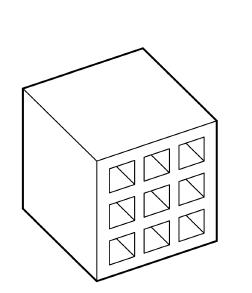
Material Innovation
Cultural Environmental
• Circular design strategy
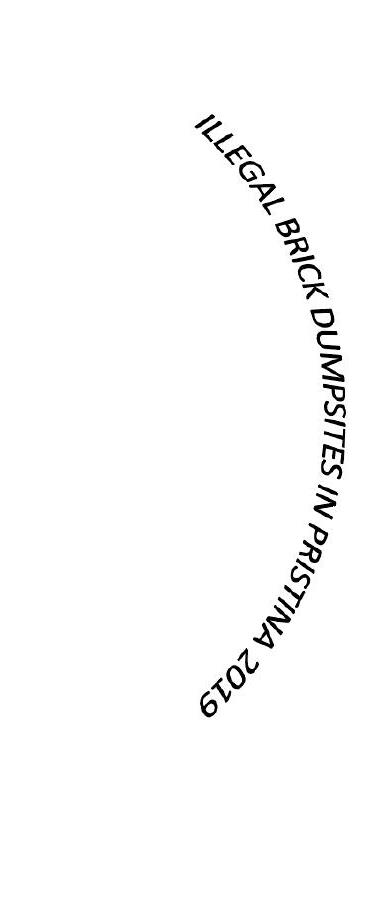
• Intelligent material flows
Community accessibility

Celebrate local traditions by repurposing neglected spaces
Sustainable production/ construction
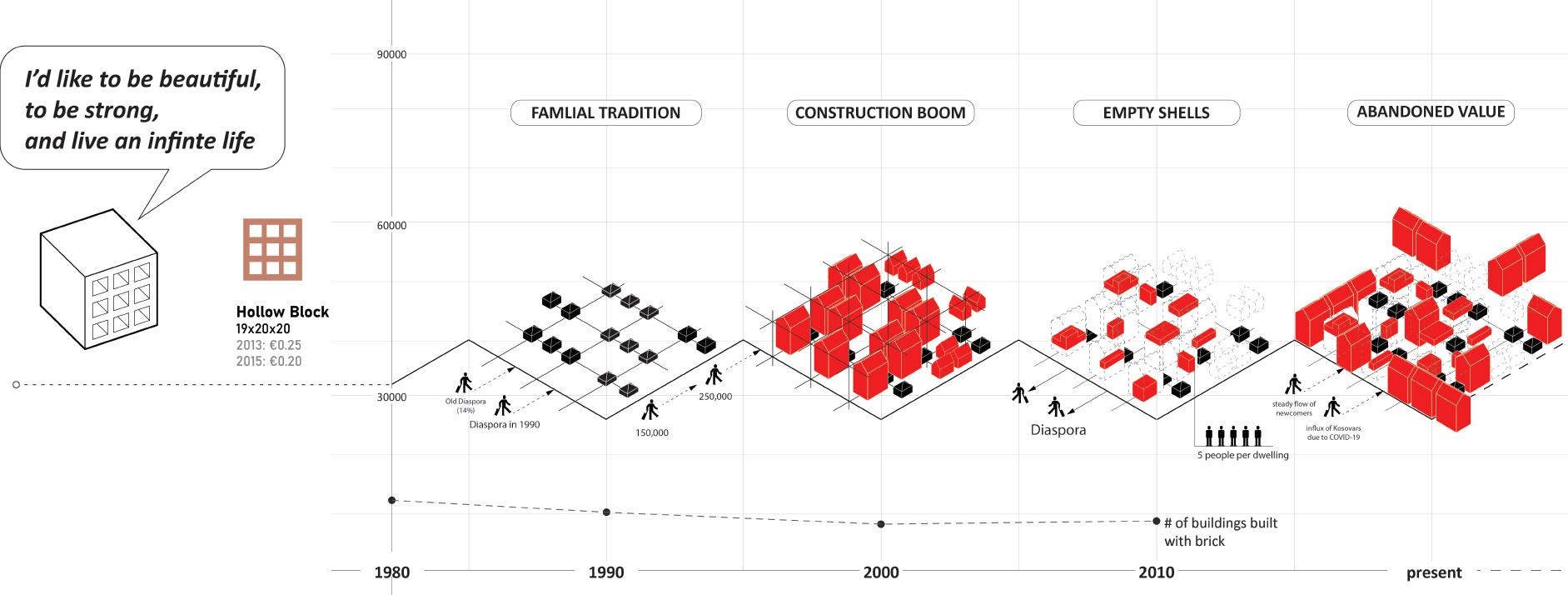
• Decrease natural resource depletion
• Recycled brick as design currency
Social-Economical
• Secure dynamic public activity from radical development
Circular Design Strategy
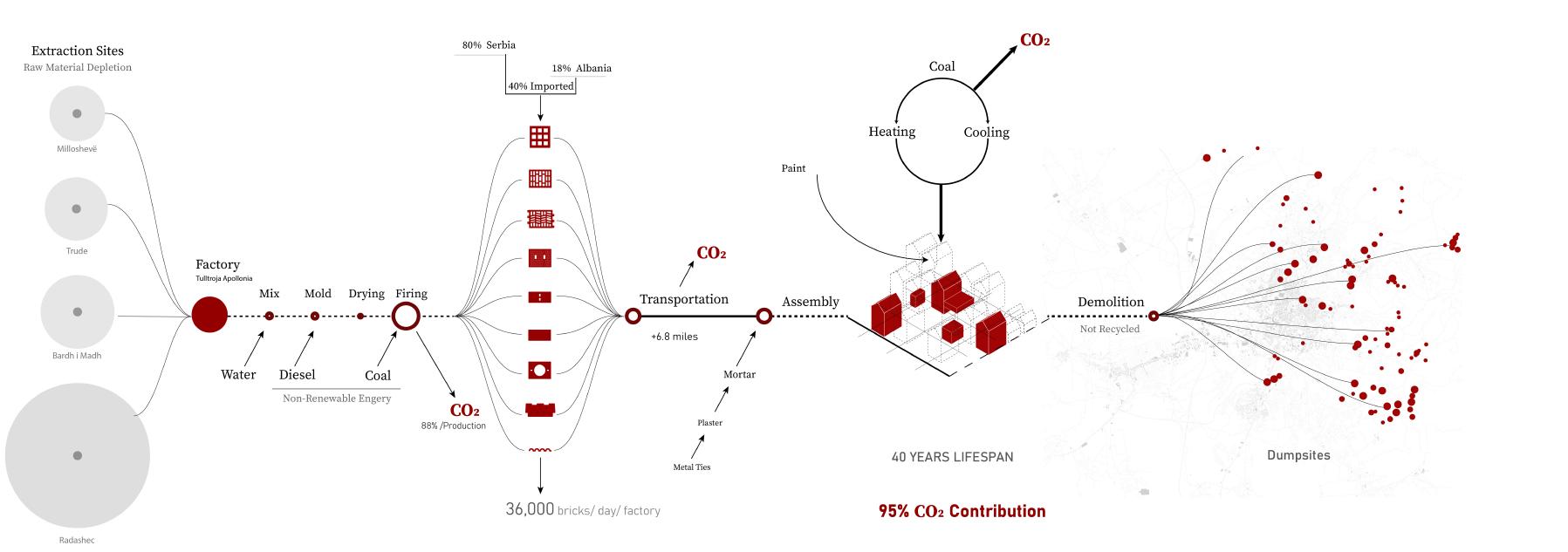
Urban Intervention/ Application/ Program
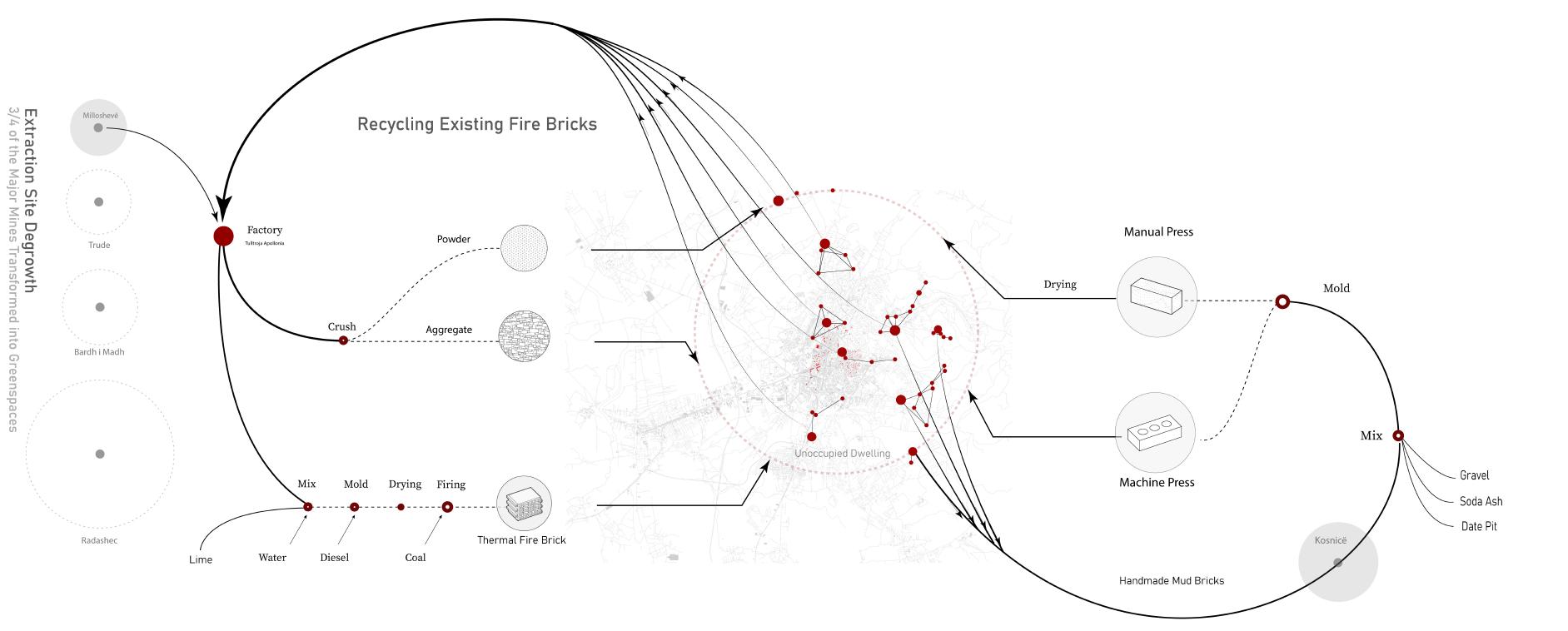
The new system produces recycled bricks that will provide the new building blocks to transform into the activating the public spaces . Abandoned houses are now the sites of various typologies.



